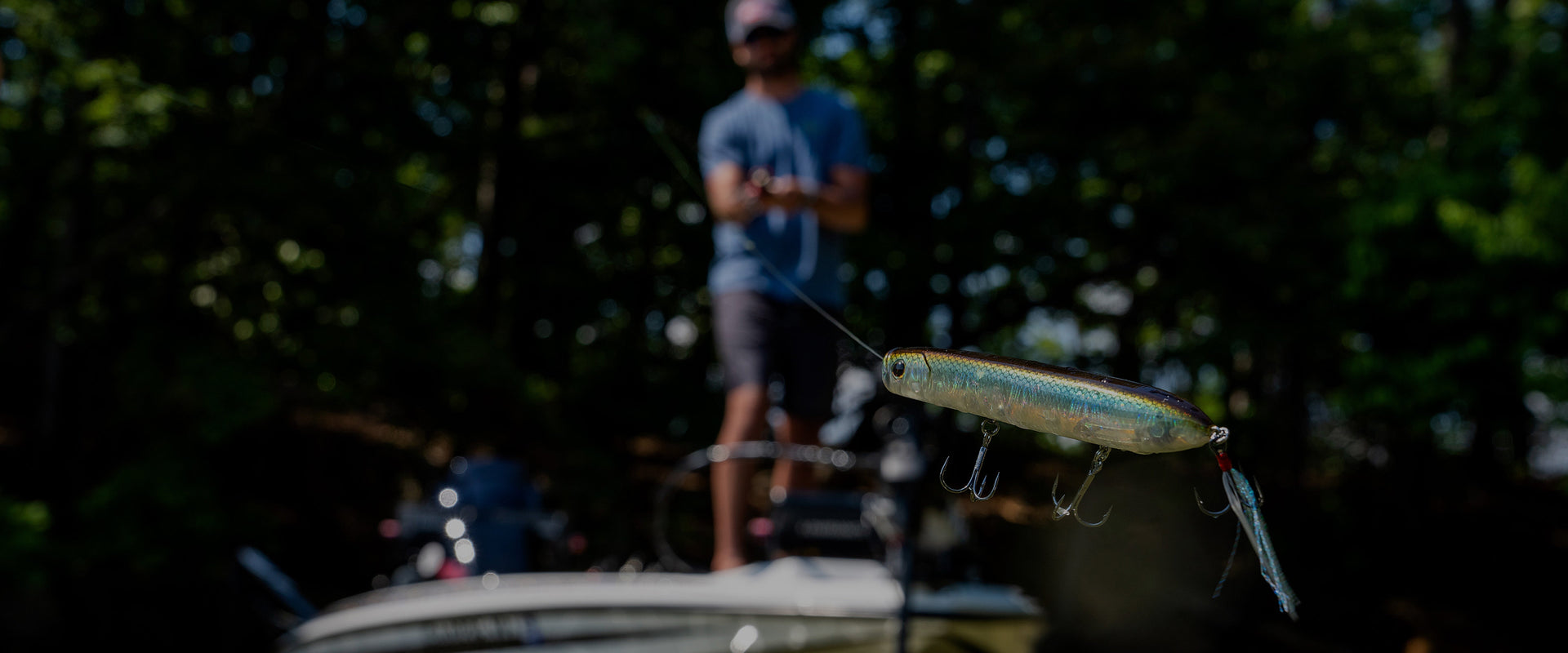
Product Feature Monofilament Fluorocarbon Braid Material Nylon PVDF HMWGSPE Sensitivity Low Medium High Memory High Medium Low Visibility Low to...
Read More >
More so than lakes or other bodies of water, river systems demand adaptability and a keen understanding of walleye behavior in a changing landscape. Fish, much like most animals in the wild, have 2 main focuses in life: surviving and reproducing. Survival comes from having an adequate annual food source, while reproducing or “spawning” comes only for a very short duration of the year.
It’s not for everyone but once you understand their seasonal behavior and you’ve mastered the skills it takes to land a walleye in moving water, the catch is all the more rewarding (and the walleye dinner more delicious too)!
Bill Shimota, a seasoned walleye river angler and impressive Berkley Pro Staff member, has spent years on the banks and in the river currents refining his techniques to better navigate the unpredictable nature of river fishing. “The current is your boss” Bill concedes, “and when the water is low or falling, get to deeper water; if it is high or rising, hit the shallows.” With a deep understanding of seasonal migration and feeding patterns, Shimota has developed a range of tactics that help anglers consistently find and catch walleye, no matter the season.
Follow Bill Shimota on Facebook and Instagram and review his quick seasonal guide for walleye success below:

When talking about walleye river fishing, you’ll often hear about the three-way rig. This is a fishing tactic that can be used year round to target this species but is most commonly used in early spring to fall.
This system leverages a three-way swivel that attaches the main fishing line to both a weighted bank or bell sinker and your favorite floating trolling or crankbait lure.
This system allows for a versatile presentation in a variety of currents and depths – remember that adaptability skill we talked about earlier? Fine-tuning the presentation takes a little more practice and can be done by adjusting the length of the line on the rig. Don't be afraid of the three-way rig, it's simple to setup and will bring lots of fish to the boat.
There you have it – a starter guide to hunting those trophy walleye in any season. Now that you have the knowledge of the pros at your fingertips, walleye be seeing you on the river this weekend? Walleye Rivers Beware!